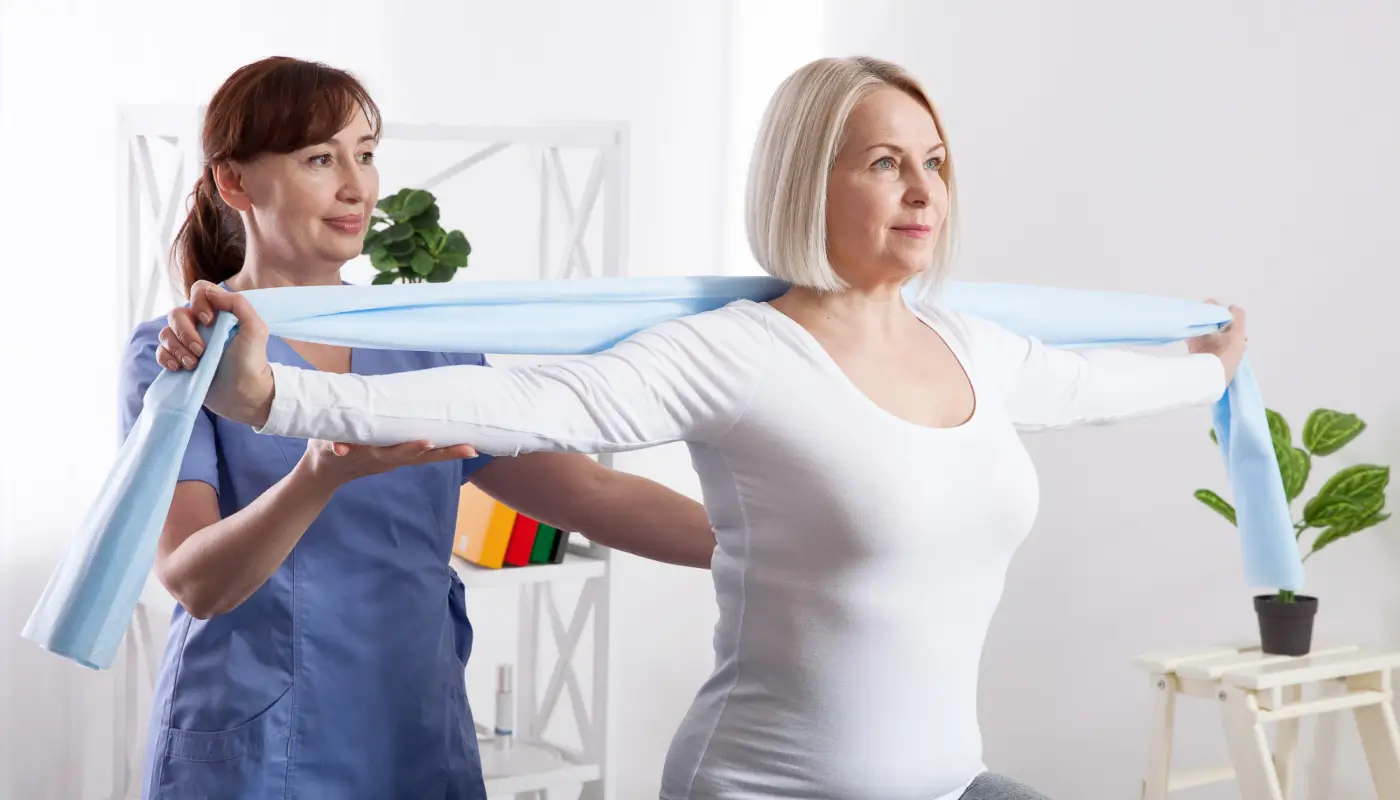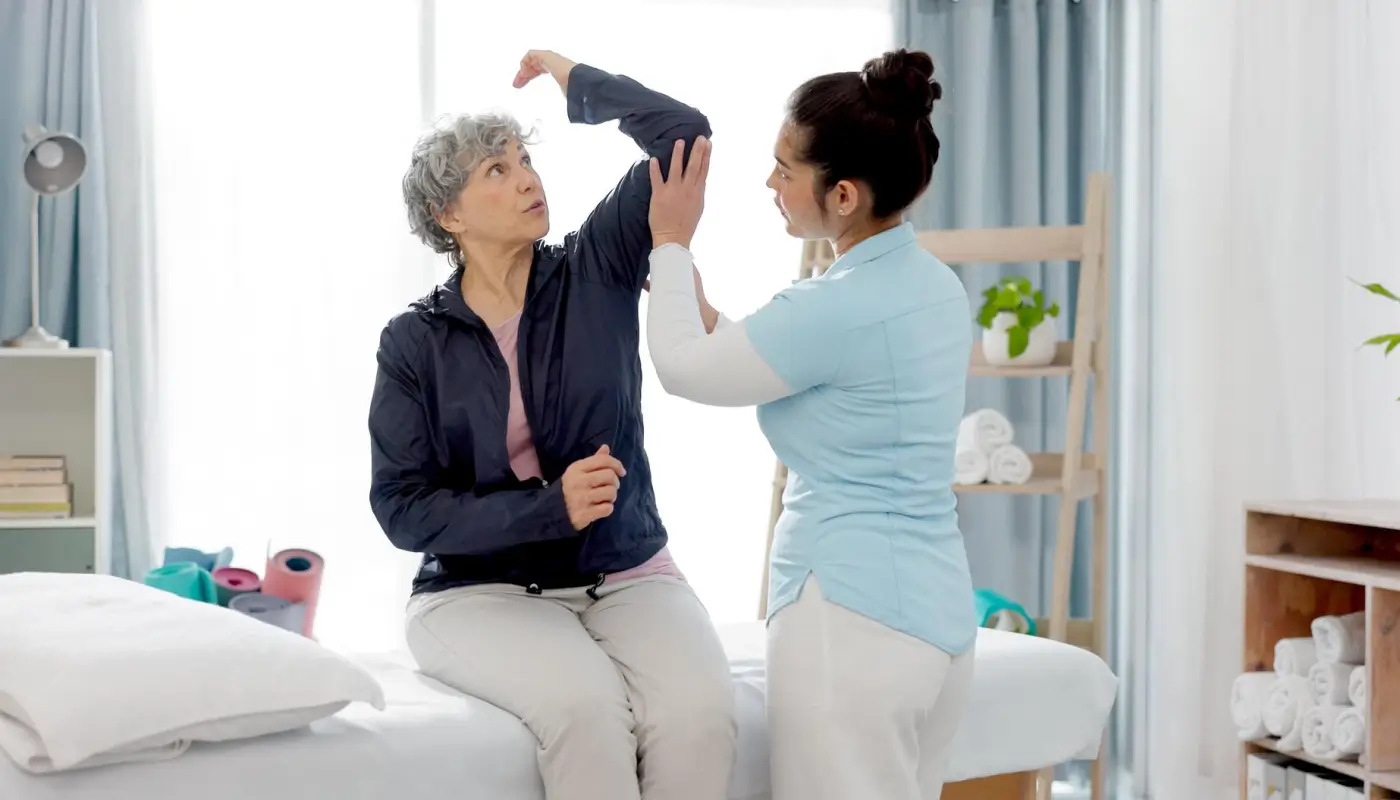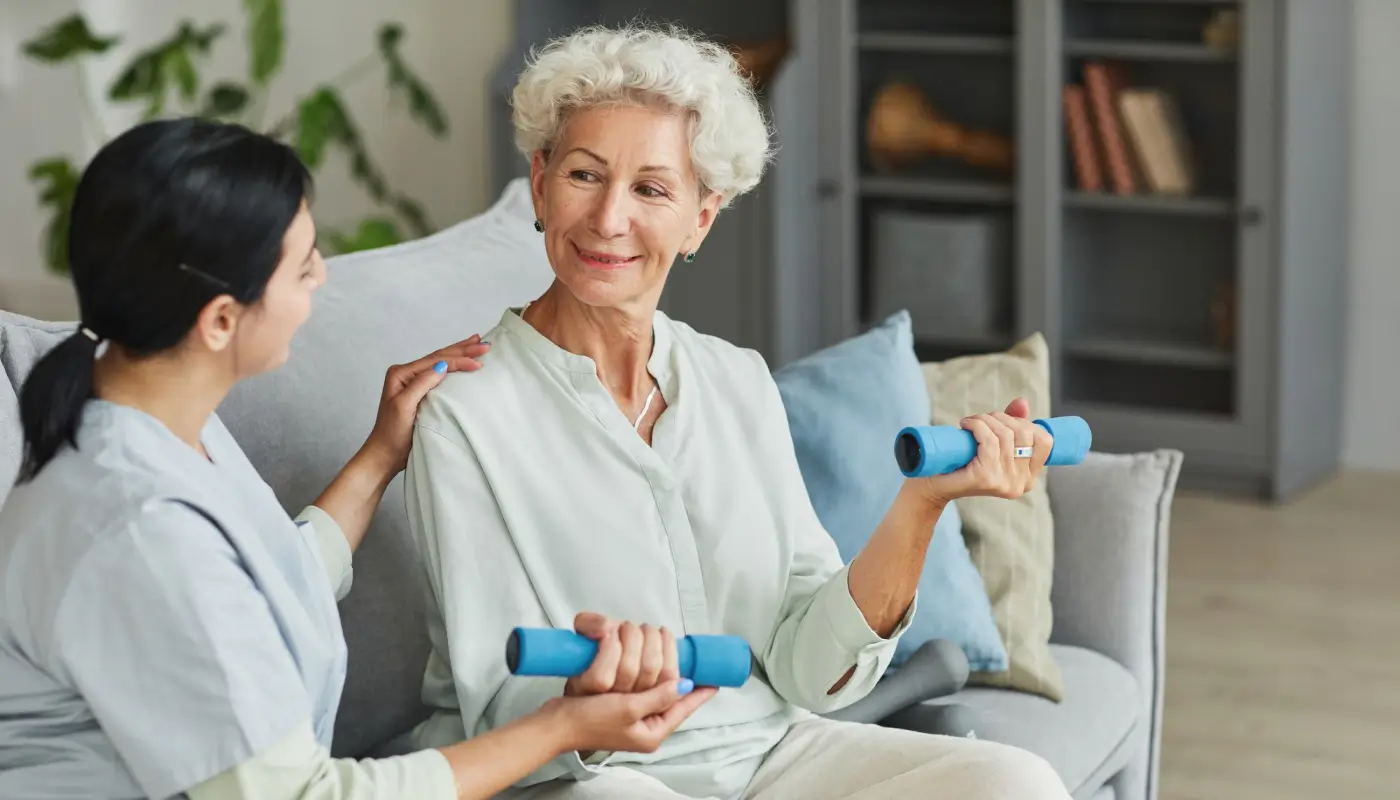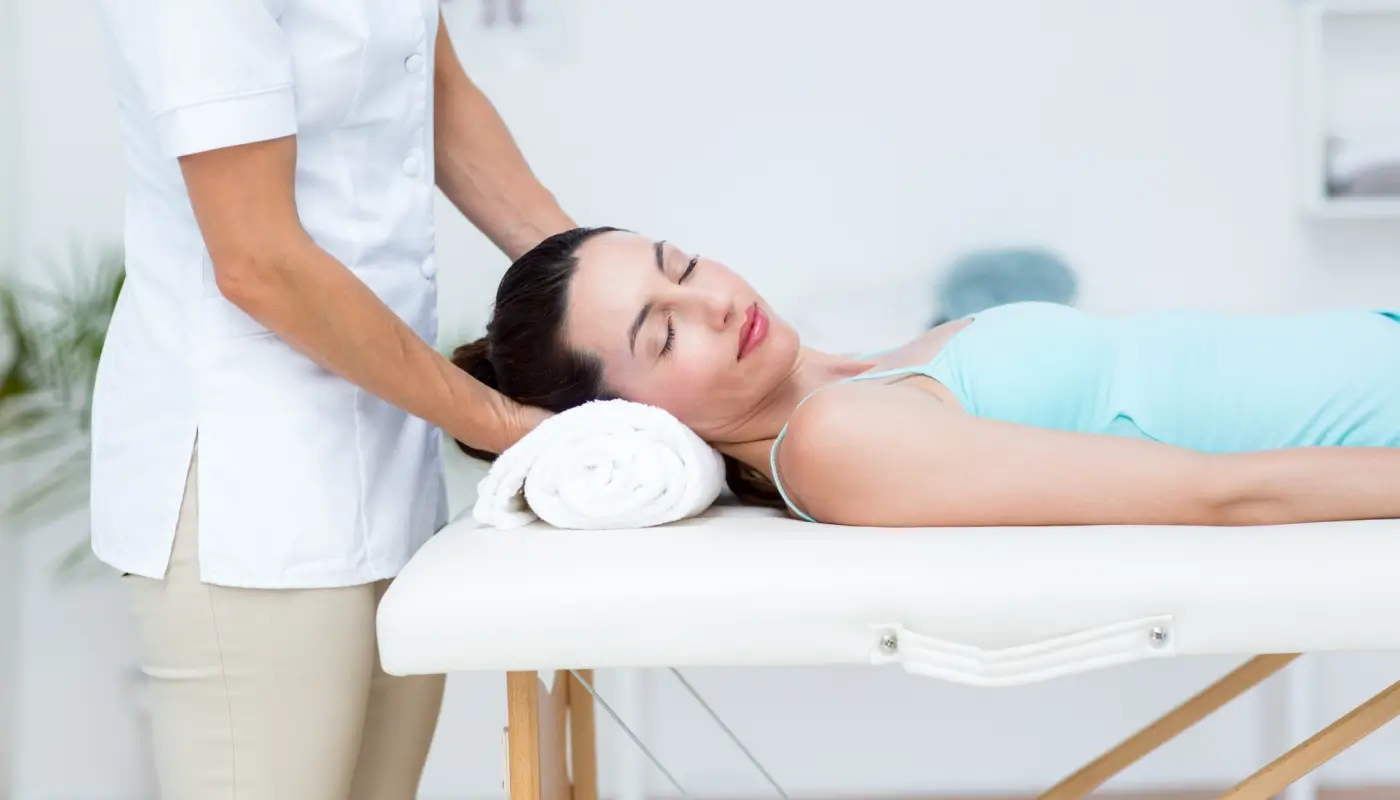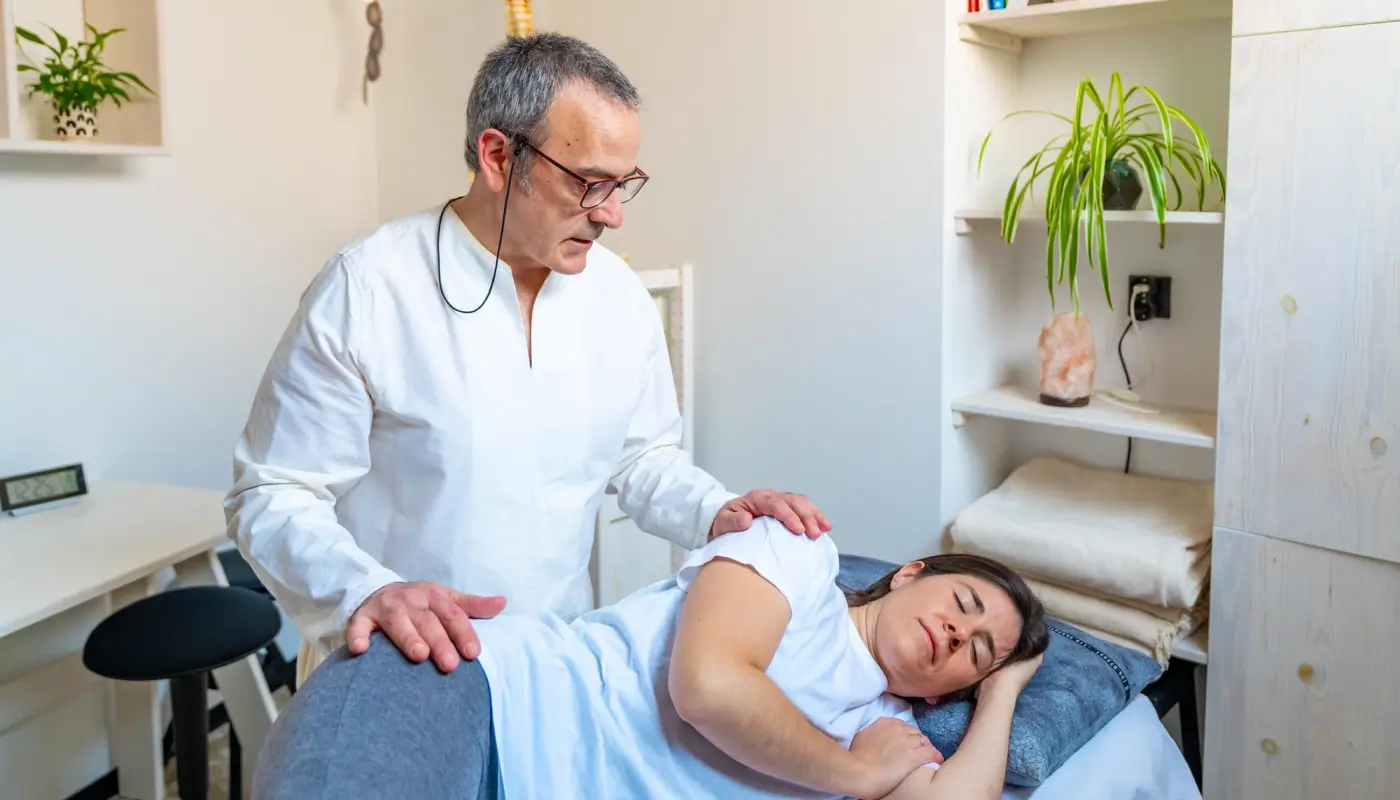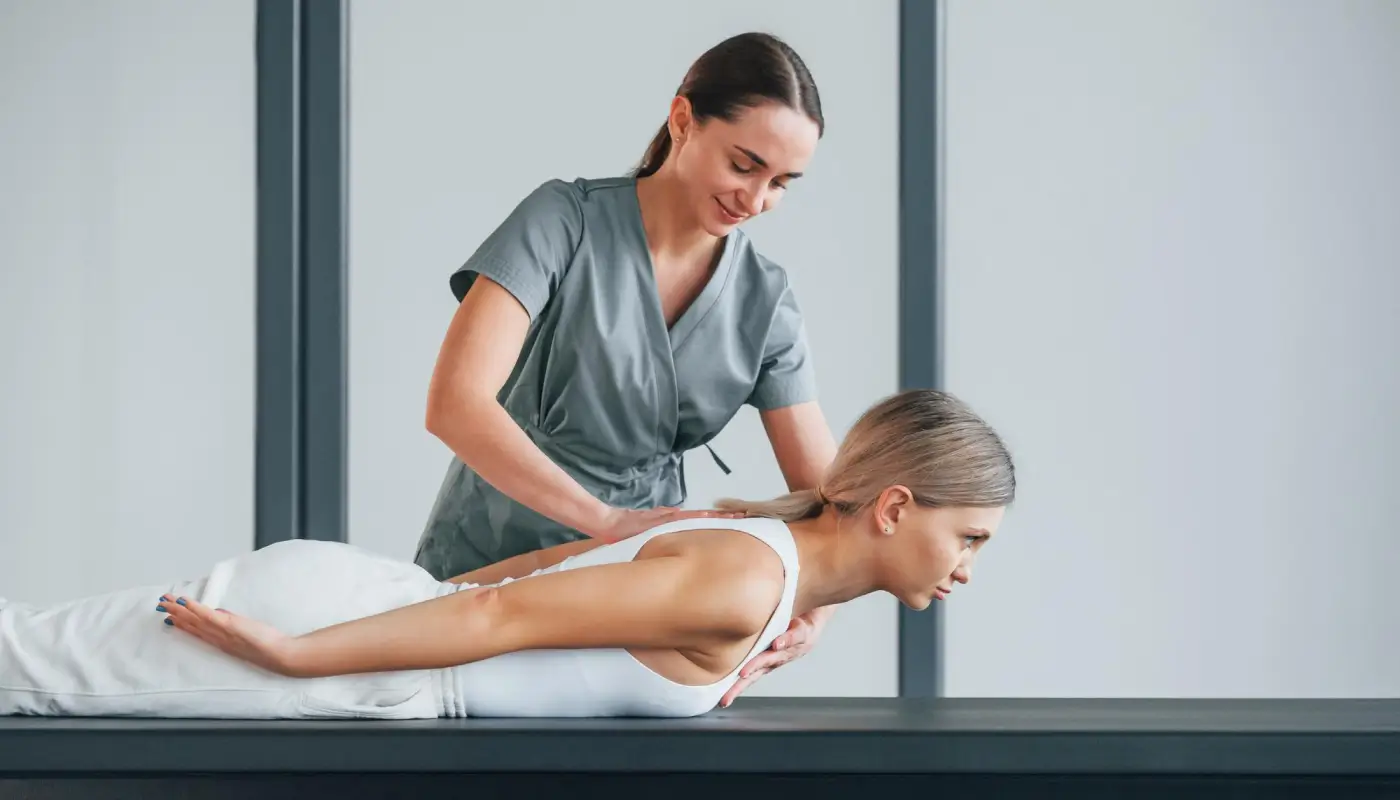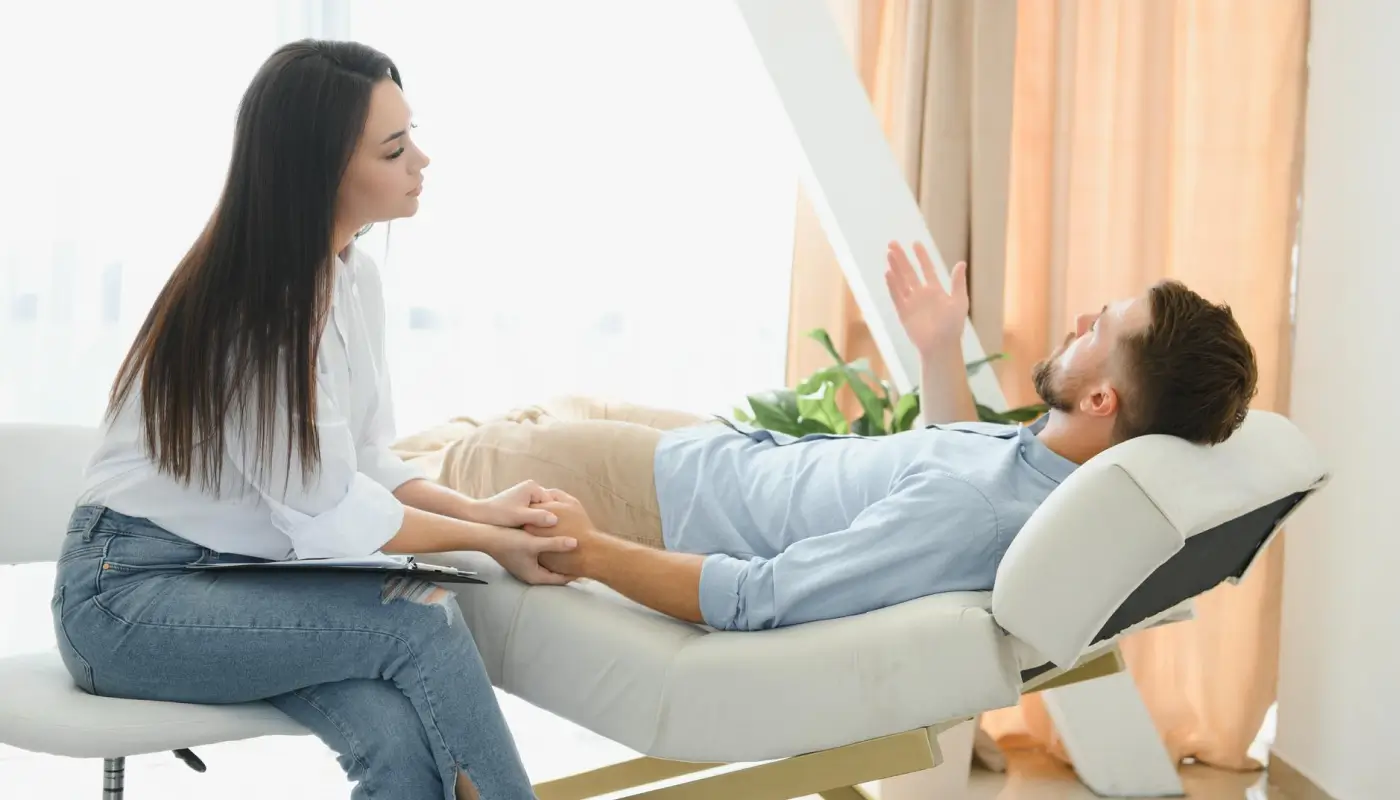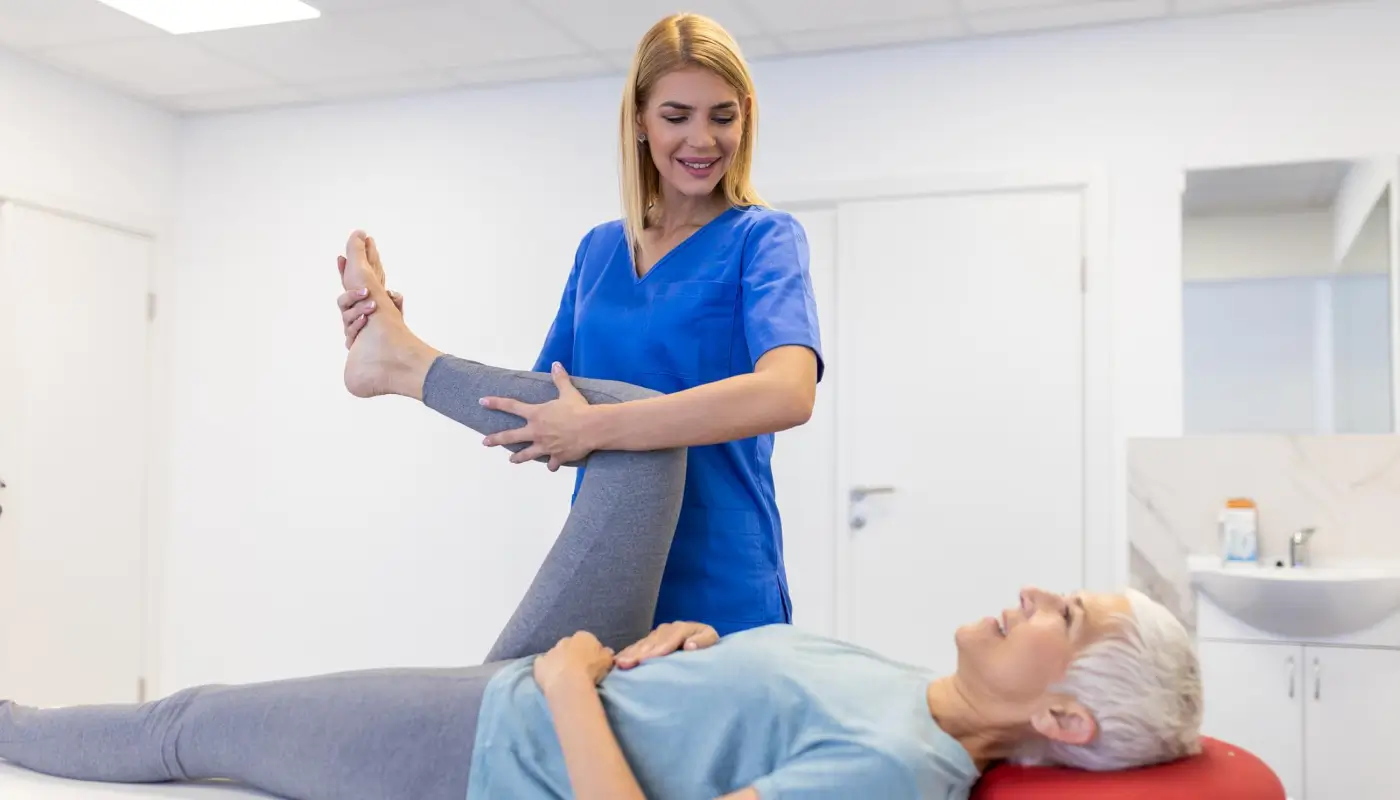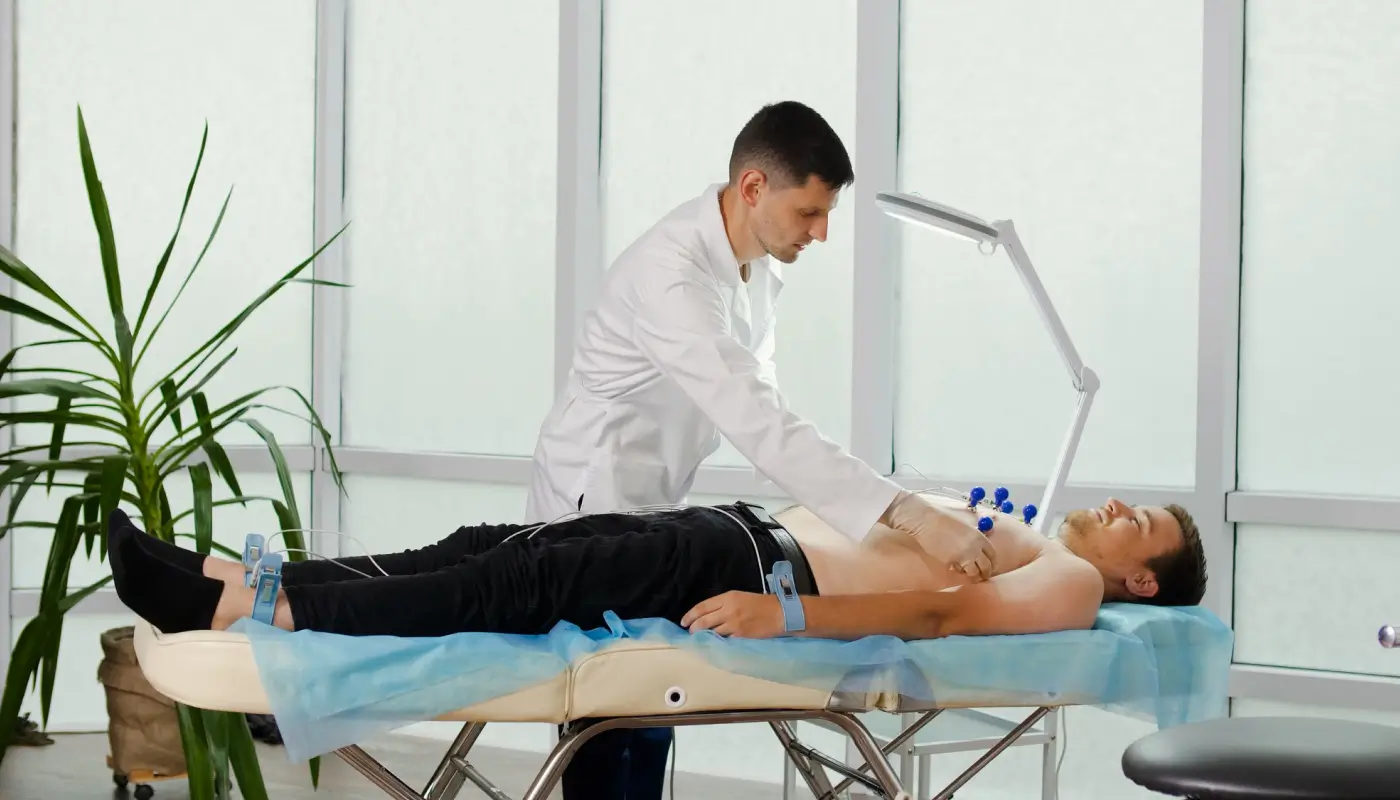ACL Injury Prevention in MMA: Empowering Athletes for Peak Performance and Longevity
At PhysicalSelf, our blog brings you focused content across eight core wellness categories. From pain relief and stretching guides to fitness tips and injury recovery strategies, each topic is crafted by experienced professionals. We simplify complex therapies and offer real-life solutions to improve your mobility and enhance daily function. Whether you’re starting rehab, staying active, or just want better posture, we’ve got you covered. Stay informed, stay mobile, and stay empowered with articles designed to support your physical and mental well-being.
Read More
